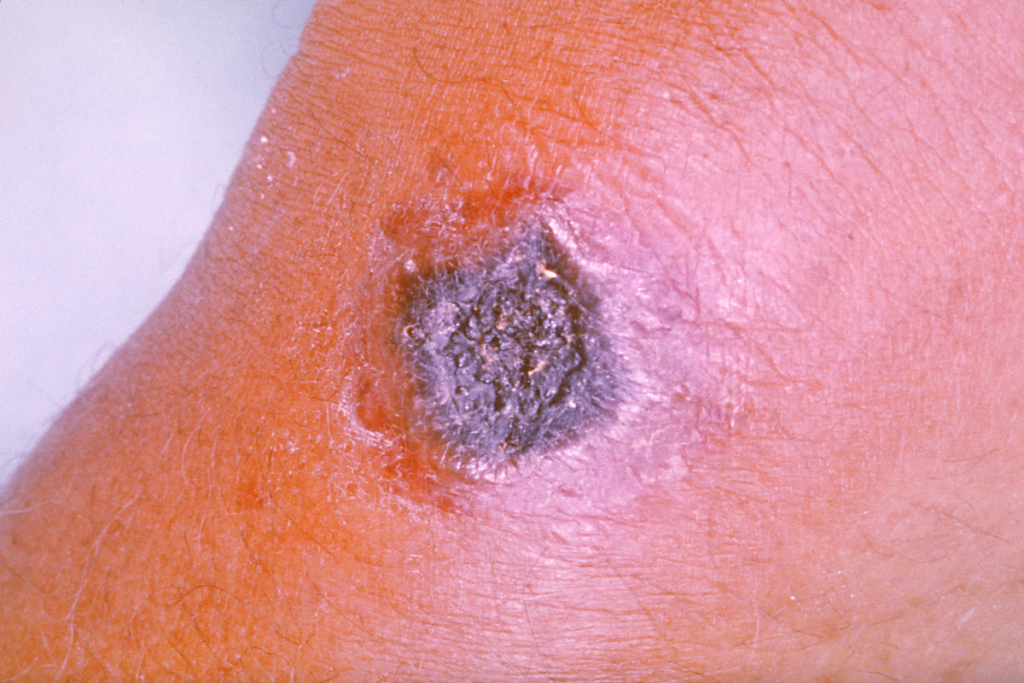
Anthrax infection on human.
BANGKOK — Thailand’s government has ordered officials to closely monitor livestock along the border with Laos after more than 50 people were reported to have contracted anthrax in the neighboring country.
Thai authorities have been working closely with those in Laos after receiving reports of the outbreak and have prepared vaccines in case of infections being detected in Thailand, said Narong Leangcharuen, director of the Bureau of Disease Control and Veterinary Services of the Department of Livestock Development.
In an interview with Thai state broadcaster NBT on Friday, Narong said the transport of livestock across the border is being strictly controlled. He warned livestock farmers to quarantine animals from Laos and immediately report any suspicious illnesses or deaths.
READ: What is Anthrax?
Thailand has received reports that 54 people in Laos have been infected with the disease, Thai government spokesperson Chai Watcharong said in a statement Thursday. He said Thailand’s Department of Disease Control is coordinating with local authorities, especially along the border, to keep a close watch on the situation.
Media in Laos earlier this month reported livestock deaths and cases of people contracting the disease in the southern province of Champasak, which borders Thailand. There are currently no reports of human fatalities.
Anthrax is a rare but serious disease caused by bacteria that primarily affects grazing animals. It can spread to humans through contact with or consumption of the infected animals, and can be deadly, though the risk of human-to-human transmission is low.
READ: Anthrax infection kills 4 carabaos in Cagayan – DA
Reports were inconsistent in state-controlled media in Laos, which is a single-party communist state.
Nanthasan Vannavong, a deputy in the health office in Champasak, acknowledged the outbreak in a media briefing earlier this week, cautioning people against consuming sick livestock.
Thailand’s most recent reported case of anthrax in humans was in 2000, according to the Department of Livestock Development.

